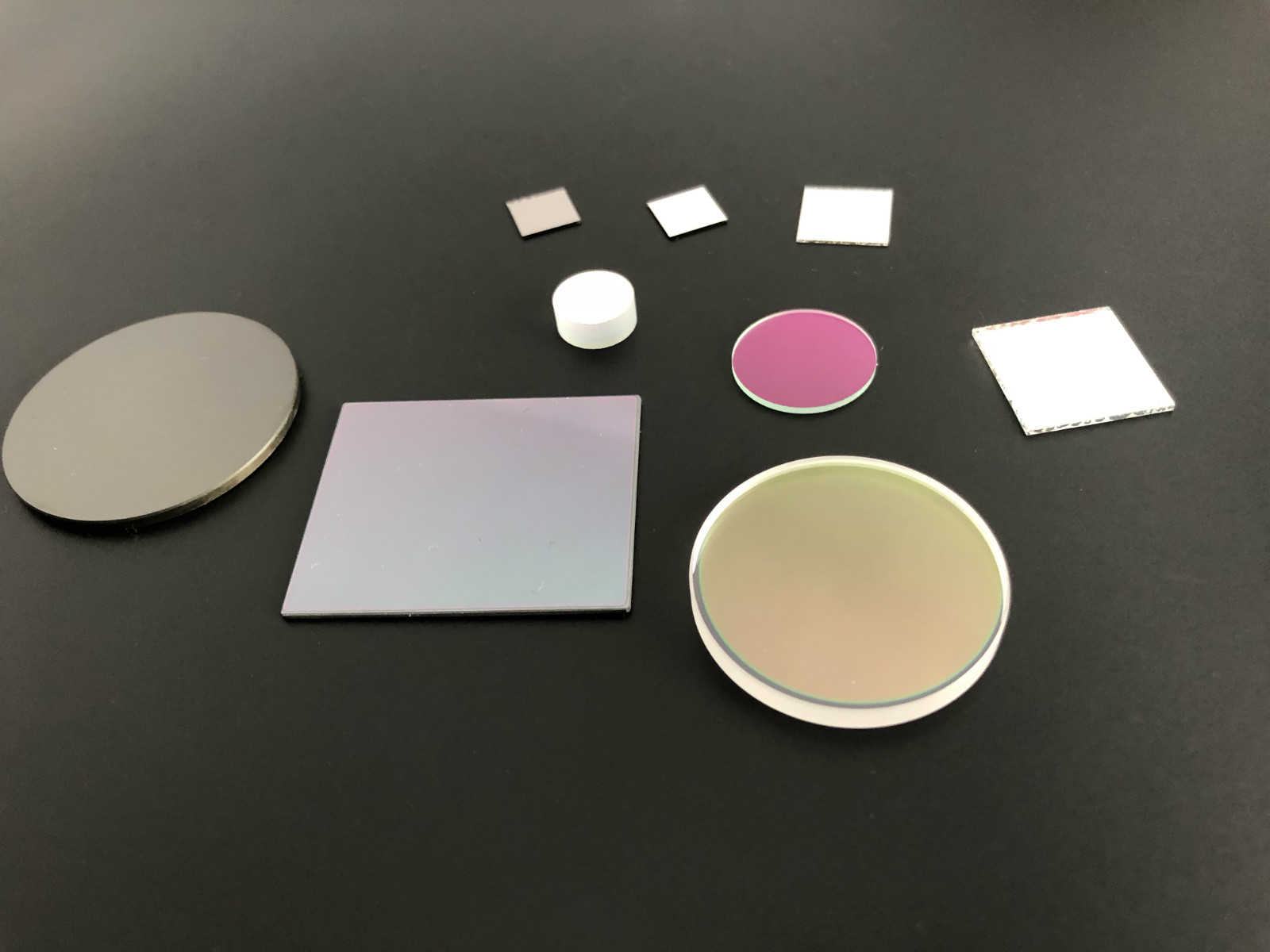

We can say that a Band pass filter is a combination of both low pass filter and high pass filter. Band pass filter using R, L and C components.The cookie is set by the GDPR Cookie Consent plugin and is used to store whether or not user has consented to the use of cookies. The cookie is used to store the user consent for the cookies in the category "Performance". This cookie is set by GDPR Cookie Consent plugin. The cookie is used to store the user consent for the cookies in the category "Other. The cookies is used to store the user consent for the cookies in the category "Necessary". The cookie is set by GDPR cookie consent to record the user consent for the cookies in the category "Functional". The cookie is used to store the user consent for the cookies in the category "Analytics". These cookies ensure basic functionalities and security features of the website, anonymously. Necessary cookies are absolutely essential for the website to function properly. In the next tutorial we will look at higher order filters and use Butterworth approximations to produce filters that have a frequency response which is as flat as mathematically possible in the pass band and a smooth transition or roll-off rate. Probably the best known filter approximation for doing this is the Butterworth or maximally-flat response filter. However, these ideal responses are not possible in the real world so we use approximations to give us the best frequency response possible for the type of filter we are trying to design. When analysing active filters, generally a normalised circuit is considered which produces an “ideal” frequency response having a rectangular shape, and a transition between the pass band and the stop band that has an abrupt or very steep roll-off slope. Then the quality factor “ Q” of the band pass filter will be given as:ģ46Hz / 400Hz = 0.865. So for our simple example above, if the bandwidth (BW) is 400Hz, that is ƒ H – ƒ L, and the center resonant frequency, ƒ r is 346Hz.

The Quality Factor, Q of the filter is sometimes given the Greek symbol of Alpha, ( α ) and is known as the alpha-peak frequency where: The lower the value of the Q factor the wider is the bandwidth of the filter and consequently the higher the Q factor the narrower and more “selective” is the filter. This Q Factor is a measure of how “Selective” or “Un-selective” the band pass filter is towards a given spread of frequencies. In a Band Pass Filter circuit, the overall width of the actual pass band between the upper and lower -3dB corner points of the filter determines the Quality Factor or Q-point of the circuit. ƒ H is the upper -3db cut-off frequency pointĪnd in our simple example in the text above of a filters lower and upper -3dB cut-off points being at 200Hz and 600Hz respectively, then the resonant center frequency of the active band pass filter would be:.ƒ L is the lower -3dB cut-off frequency point.ƒ r is the resonant or Center Frequency.

The center frequency is generally calculated as being the geometric mean of the two -3dB frequencies between the upper and the lower cut-off points with the resonant frequency (point of oscillation) being given as: An active band pass filter is a 2nd Order type filter because it has “two” reactive components (two capacitors) within its circuit design.Īs a result of these two reactive components, the filter will have a peak response or Resonant Frequency ( ƒr ) at its “center frequency”, ƒc. The actual shape of the frequency response curve for any passive or active band pass filter will depend upon the characteristics of the filter circuit with the curve above being defined as an “ideal” band pass response.


 0 kommentar(er)
0 kommentar(er)
